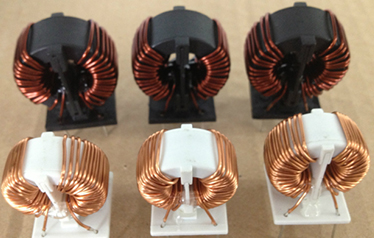Random human science and technology development, there has been a new type of amorphous crystalline materials, including amorphous alloys, amorphous conductors, amorphous superconductors, amorphous superconductors and organic polymer glass. In the end what is non-crystalline material, the following for everyone to do a simple and concept and a little introduction to the characteristics. The so-called amorphous material, also called amorphous or vitreous material, is a rigid solid with high hardness and high viscosities comparable to crystalline materials. Due to his composition of the yard, the molecular arrangement of spaces is not cyclical and translational symmetry led to the destruction of his long crystalline process. Only by the interrelationship of atoms, let him have a short program in a small area of atoms or molecules. But so far there is no way to determine the atomic structure of amorphous materials.

The following describes the basic characteristics of amorphous materials.
The first is that because it has no long program and only short programs between cells, its wave vector K is no longer a good quantum number that describes the state of motion.
The second of his electron diffraction. Neutron diffraction and X-ray diffraction patterns and relatively wide halo and diffuse ring composition, making her under the electron microscope can not see any crystal boundaries and crystal defects such as the formation of contrast contrast.
Third, any amorphous material is metastable, and when the surrounding temperature rises continuously, significant structural changes occur in a narrow temperature range, allowing him to change from an amorphous to a static state. The crystallization process depends on the material's atomic diffusion coefficient and interfacial energy and dissolved entropy.
All that is said above is the general material properties of amorphous materials. Among the more different materials, they also have some special characteristics of their own